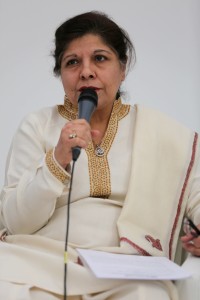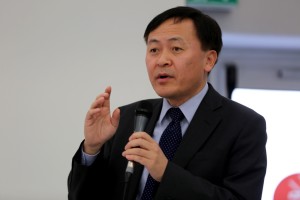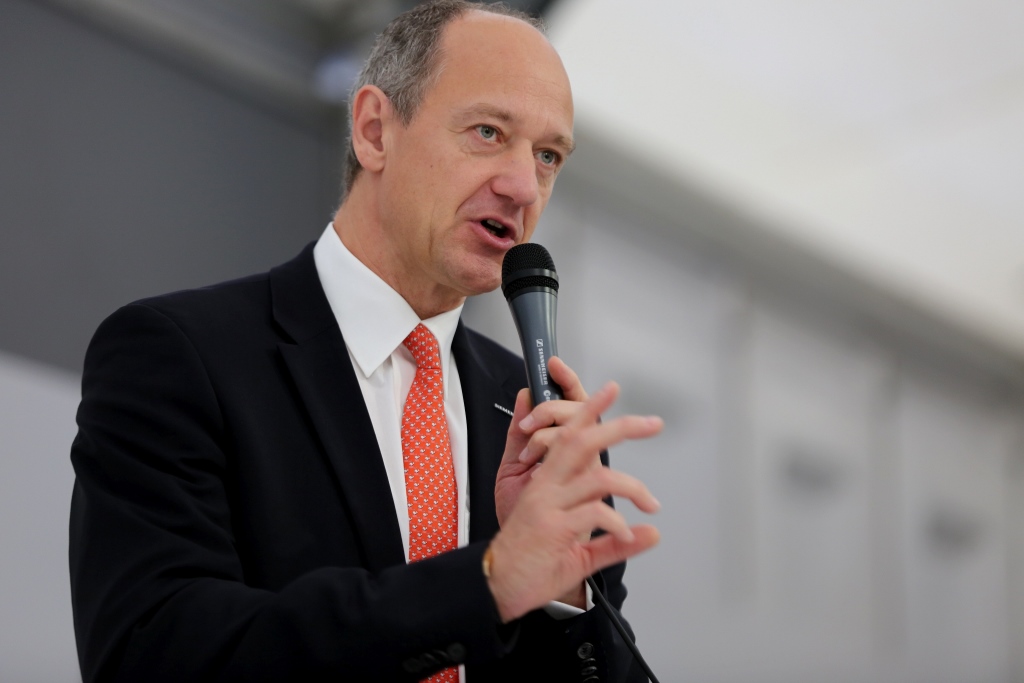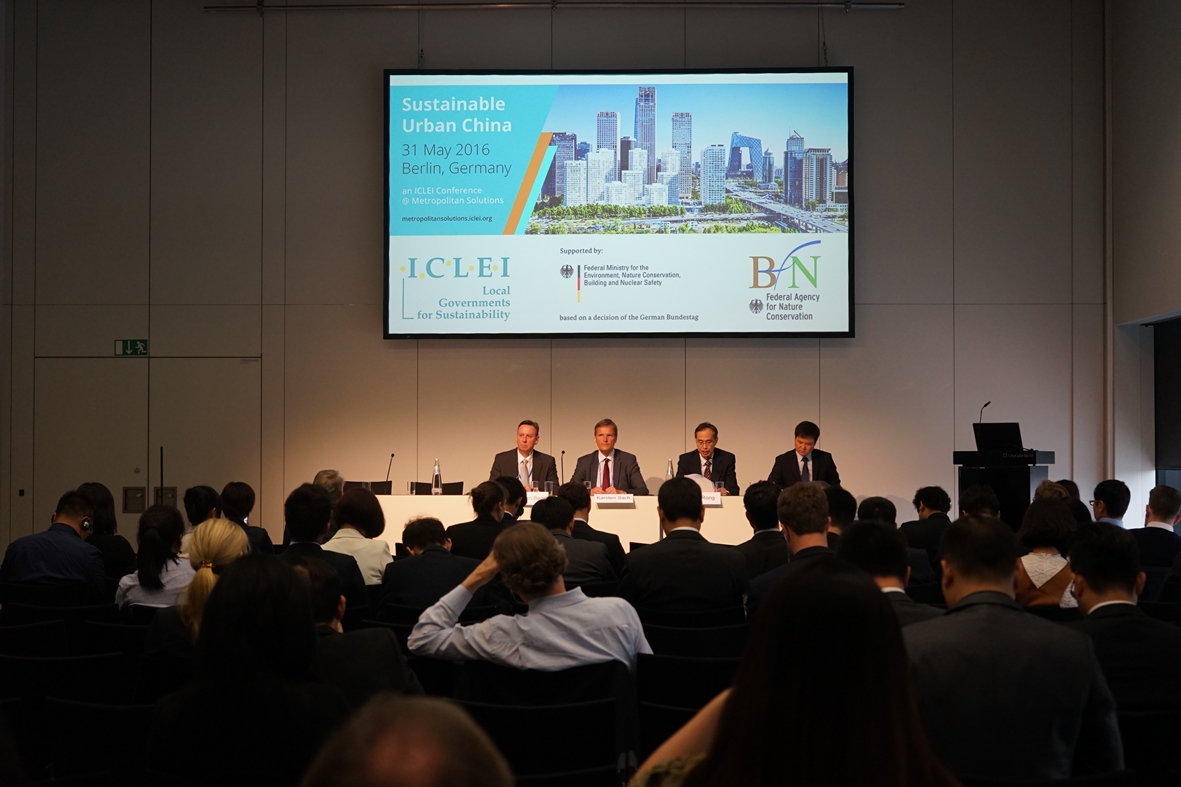Siemens, Danfoss: “A Question of Mindset and Smart Thinking” for Low-carbon Cities
Siemens AG and Danfoss hosted a session at the Cities & Regions Pavilion at COP21 on Tuesday, 8 December. Entitled “Accelerating Low-Carbon Development in Emerging Cities through City-Business Cooperation,” the session convened global business leaders and mayors to discuss low-carbon investments and the potential for city-business collaboration in emerging middleweight cities.

Dr. Shamshad Aktar, Executive Secretary of the UN Economic and Social Commission for Asia and the Pacific set the stage by reminding the audience that cities generate a majority of greenhouse gas emissions. As many cities – particularly in the Asia-Pacific region – are burdened by overpopulation and are vulnerable to natural disasters, the “landscape, form and function of cities must be reshaped,” Dr. Aktar explained. While the “financial case for investment in low-carbon development has been established”, only 7 to 13% of current global investments in infrastructure can be defined as green. A focused effort was needed, Aktar said, to ease the financial constraints facing local governments, particularly around tax administration.
So how can businesses help? Dr. Roland Busch, member of the Managing Board of Siemens, presented explained that urbanization is a driver of a growth and that “cities are much faster to act” on sustainability. They must act, he added, in order to attract talent in a competitive environment. Many cities are therefore working with Siemens to make their cities more livable. Paris’s driverless metro lines had increased capacity by 50%, for example, while London’s road and rail connection to an airport had reduced traffic by 20%.
Cities were investing in infrastructure, Busch added, because they were acknowledging the business case for increasing productivity. The time lost in traffic jams, for instance, can reduce the productivity of a city by up to 25%. This was the argument that mayors could make to national governments and to their people, Busch stated, to make the case for sustainable investment.
Where exactly should cities invest? Busch presented Siemens’ City Performance Tool (CyPT), which uses exclusive Siemens data on more than 70 transport, building and energy technologies to show where cities can most effectively invest in order to reduce emissions. This was the path, Busch added, to smart cities, which grow sustainably and are livable. “We are there to stay – we want to have a long-term relationship with cities,” Busch concluded.

Alfred Che Wei, Vice President of Danfoss China, agreed that cities are “a unique opportunity to accelerate the implementation of smart and efficient technology”. A major part of this, he said, is district energy, which is a key enabler to the integration of renewable energy. Companies are always looking for new business while seeking to cut expenditure. District energy was the perfect platform in this regard as it allows cities to increase efficiency for the entire urban energy system while incorporating as much renewable energy as possible, thus branching out while cutting costs. In this way, district energy had been a cornerstone of Denmark’s green development. Urban transition “is doable,” Wei stated, and “energy efficiency is not a question of technology. It is more a question of mindset, smart thinking, and always looking for cost-effective solutions.”
In a subsequent panel discussion, city representatives offered their perspectives. Tikender Singh Panwar, Deputy Mayor of Shimla believed that rather than changing from one form of capitalist intervention to another, cities needed a paradigm shift. The modern proletariat could be seen as the individual stuck in traffic for four hours, and this led to a demand from below for efficient transport, water and clean air. Shimla explained that he was trying to bill the city as a “dream city – safe, secure and sustainable”.
Datuk Sainal bin Hussin, Honorable Mayor of the Melaka Historic City Council explained how the city government is working to install LED street lighting through a partnership with Philips Lighting. Philips will pay for the installation of the lights. The LEDs will generate a 40% reduction in costs, and this reduction will be used to pay back Philips over eight years. Melaka highlighted this as a model for city governments lacking funds to implement sustainability projects.
Finally, Johannes van der Merwe, Councillor, Mayoral Committee Member for Energy, Environmental and Spatial Planning in Cape Town, South Africa presented some of Cape Town’s business initiatives. These include a green zone, offering financial incentives for businesses to invest; the hosting of a developers forum on a quarterly basis to discuss guidelines for resource efficiency in buildings; and an annual awards to give recognition to businesses working on sustainability.
This session made clear that cities are a vast opportunity for businesses. Both Siemens and Danfoss are excited by the coming investment in cities and the chance to create smart, livable urban centers. However, the view from city representatives might occasionally challenge the business model. Panwar of Shimla highlighted in closing how significant investment by the state is required before businesses will be willing to invest: “without a proactive role of the state, we will not expect large scale capital inflow.”





